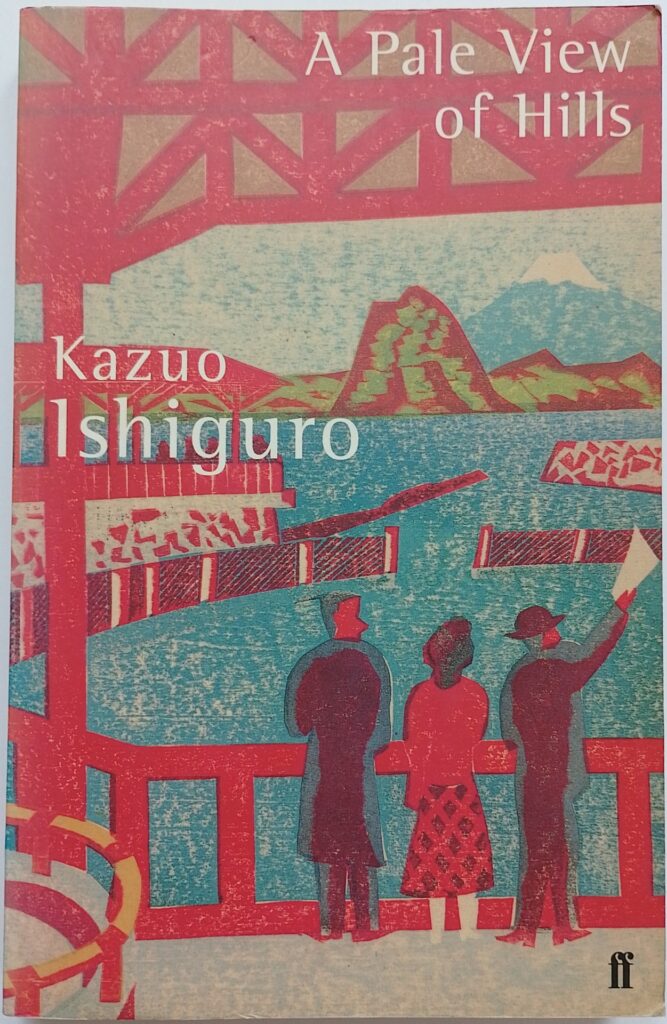First published 1982. Faber and Faber, paperback, 1991, pp183, c.60,000 words.
An amazing debut. Ishiguro understands what Hilary Mantel once said about the need for a wobble in every sentence. There is an element of doubt in the veracity of every word which makes for a deeply unsettling read. This is the way we humans work: mixing truth with deception, of both others and ourselves.
The story is set in present-day Britain where the protagonist, Etsuko, now lives. It mostly concerns events she recalls that (maybe) happened in Nagasaki a few years after the end of the second world war. Japan has been broken and is being rebuilt. The American occupiers are getting ready to pull out. One of Etsuko’s daughters has committed suicide, the other is partly estranged.
Ishiguro creates a deeply unsettling atmosphere. We are never sure who is good and who is bad, who is sensible and who is dreaming, who is doing the right thing and who isn’t.
Ishuguro’s prose is fluid and accessible. He doesn’t use the tropes that mark out other ‘literary’ authors like unusual words or complex grammatical constructions. The book is a little under two hundred pages, and every sentence counts. One recognises a dedicated craftsman at work, pairing away to leave the essentials. Ishiguro’s output has been small, and one can understand why from the sustained quality of his work, which must require great intellectual effort to produce such a simple and beguiling tale.
This is a haunting book, and I keep finding myself thinking back to particular scenes, savouring once again their richness and quality, and how marvellously observant it is of real humans trying to order the world into some kind of acceptable narrative that allows us to think not too badly about ourselves.
© William John Graham, June 2022

